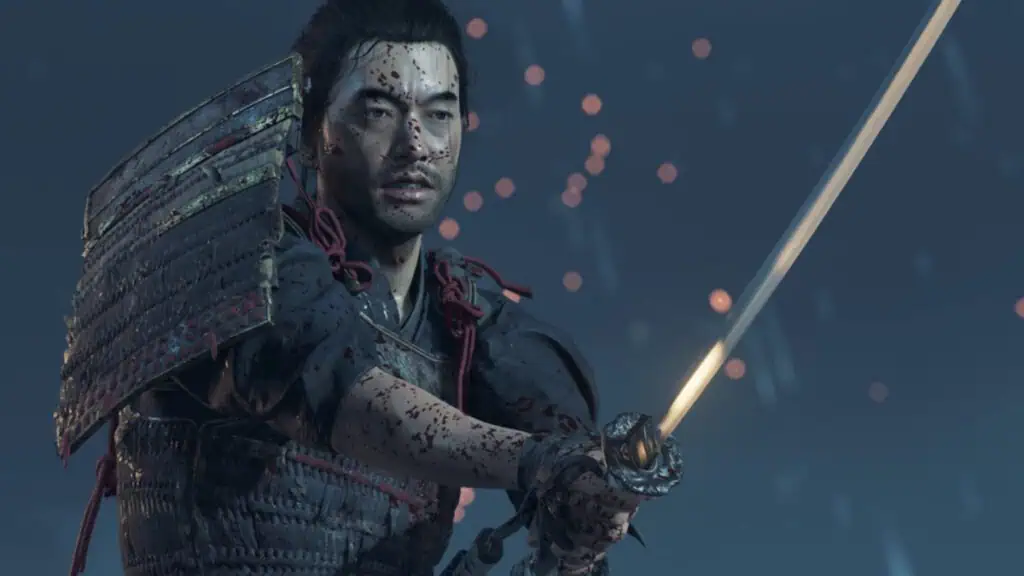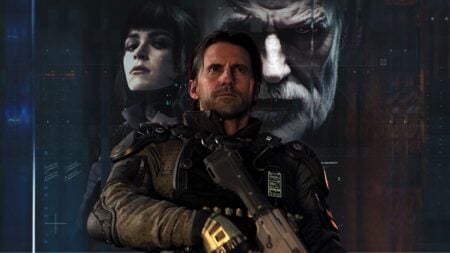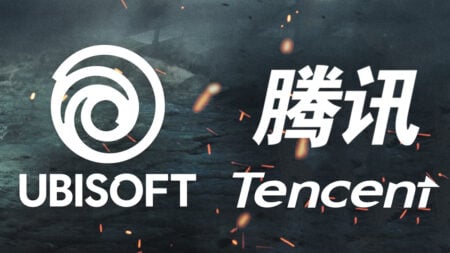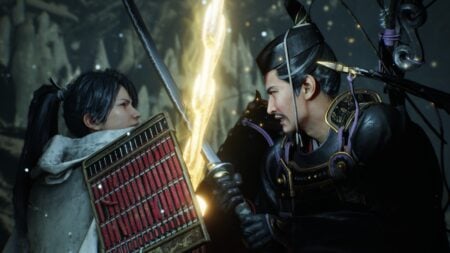Skip To...
Whenever we hear news of a console game getting a PC port, it generates nothing but skepticism. We see the original product and can’t help but think, “My rig is going to explode trying to render that.” Thankfully, Nixxes Software has repeatedly proven how powerful its porting magic is. This time, Ghost of Tsushima: Director’s Cut is the one getting a new coat of paint. With the bar already high since its 2020 release, I never thought I’d say this, but this port is the ultimate way to experience this adventure.
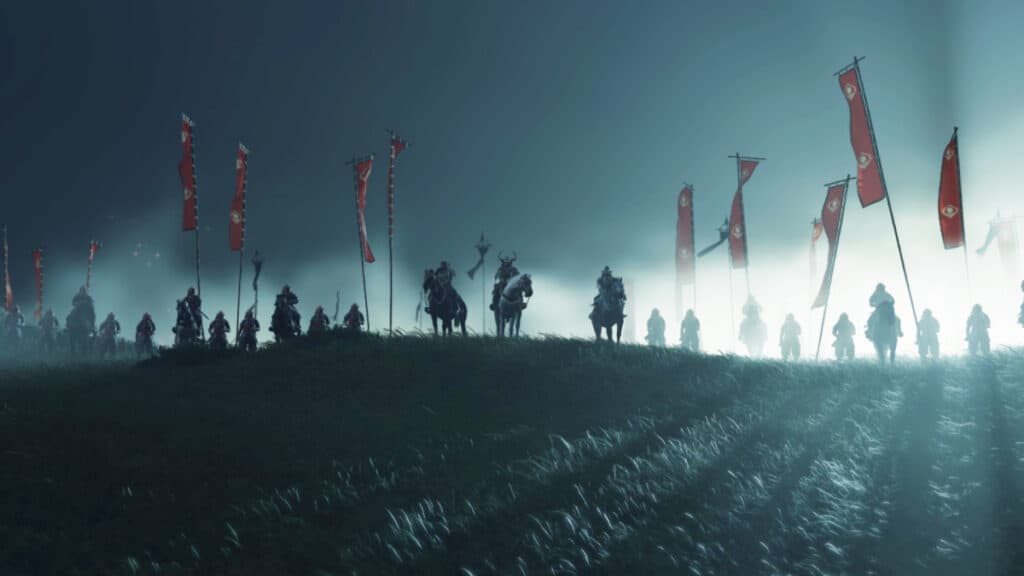
Let me start by saying I’m no stranger to the lands of Tsushima. I was there for the original PS4 release and its Director’s Cut version. And here I am again, donning the straw hat, visiting every hot spring, cranking up the difficulty to Lethal, and visiting these war-torn lands under a new PC light. This port has done what I thought would be impossible: breathing new life into an already stunning game, and it did it masterfully.
Graphics & Performance: The Ultimate Tsushima Experience
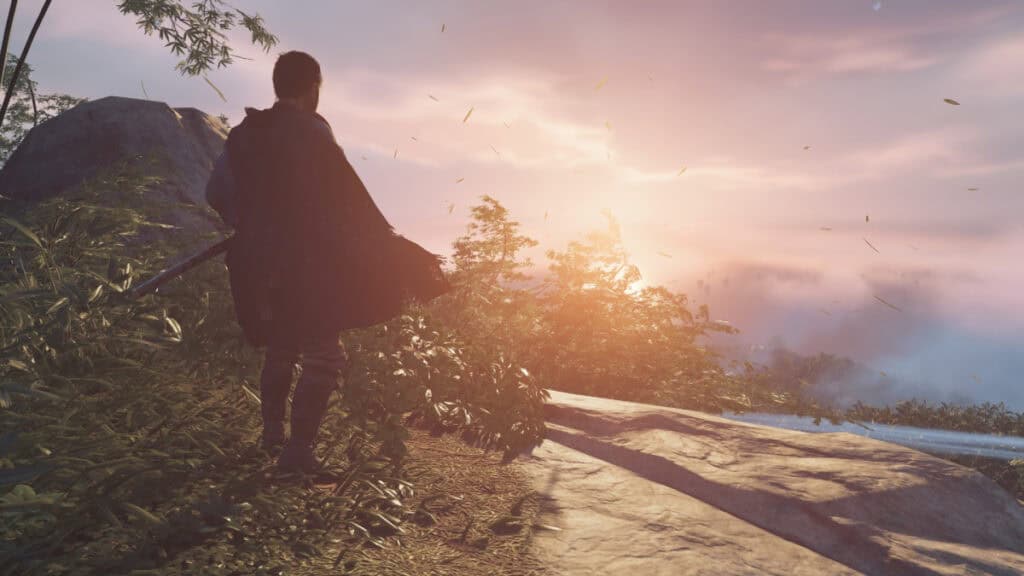
Usually, I always begin a review by talking about the story and gameplay. However, these elements have been out there for four years, so let’s dive into what matters: the quality of the PC port. In short, it is flawless. Throughout my playthrough, I didn’t think it’d be possible for Ghost of Tsushima to surprise me again. But there it goes with its boundless beauty, enthralling colors, and smooth and extremely well-optimized experience.
I played this on a mid to high-end rig with a 3060 with 12GB of VRAM, 16 of RAM, and a Ryzen 5 5600X. As you can see, not the best desktop out there. Still, it was one of the smoothest experiences I’ve ever had. Initially, my frames dropped slightly below 60, but as soon as I tweaked the shadow quality and left everything else untouched, I was galloping through the island without stuttering or frame drops. To me, this is where the magic of a PC port relies. If a PC like mine, which isn’t the best in the market anymore, allowed me to experience one of the most stunning games ever without issues, and while looking better than on consoles, the port was successful.
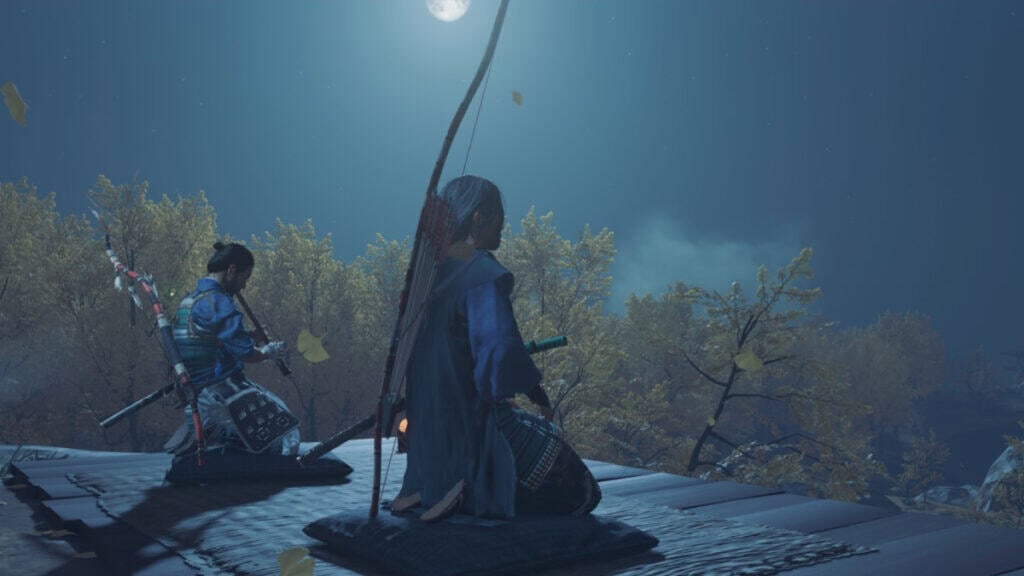
However, I didn’t like some things, and not because they were bugs or glitches. The pre-rendered cutscenes came with a lower bitrate. They looked extremely blurry compared to everything else in the port. Also, the lack of ray tracing is criminal. The island would’ve looked so much better with it. Other than that, the ability to tweak your graphical settings, keyboard and mouse option, and the fantastic implementation of the PS5’s DualSense functions on PC are all great additions to an already established masterpiece.
Overall, Nixxes Software raised the bar extremely high. While previous ports have been great, this is, hands down, the best. It brings more beauty to an already gorgeous game and does it without compromising performance. I would’ve loved to try any of the other features, such as widescreen support or the unlocked framerate. Sadly, my setup didn’t let me. But now I have an excuse to upgrade it because if future ports come with this quality, I need to up my game.
Story: Whatever It Takes
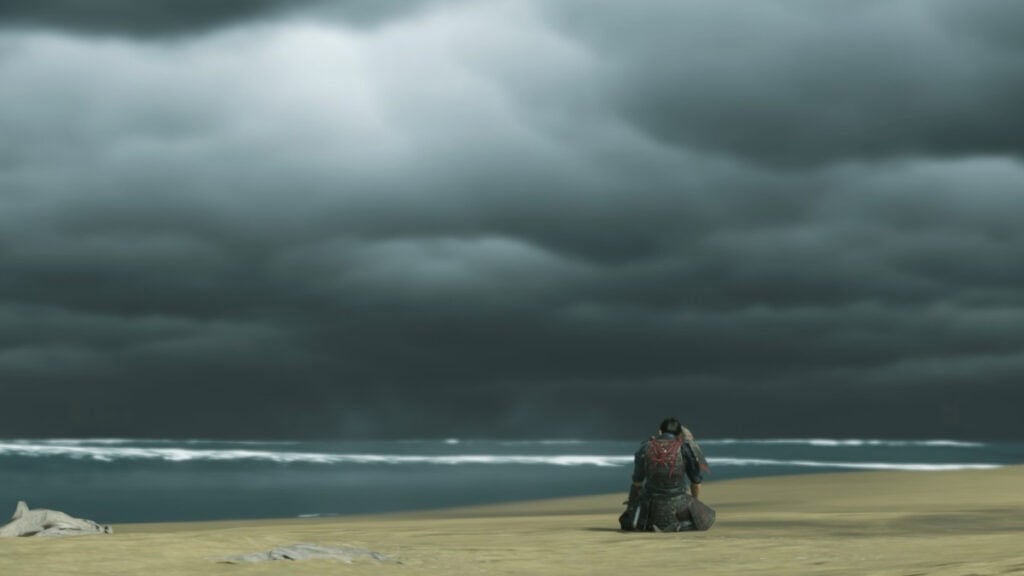
To this day, I still consider the story of Ghost of Tsushima: Director’s Cut‘ a masterpiece. The epicness of it is unlike any other. Every single character, quest, location, and shocking moment stays rent-free in your memory after you see the credits roll. It’s a tale of loss, revenge, struggle, and acceptance. And all of these elements work perfectly due to how they are presented. Not a single thing takes a backseat, and nothing is gratuitous.
The story takes place in 1247 during the first Mongol invasion of Tsushima. While the game borrows many historical elements, it doesn’t go as deep as the Assassin’s Creed franchise. Instead, it uses the setting as its playground. You take the role of Jin Sakai. One lonely samurai trying to rid the island of its invaders. Instead of using the same old “perfect hero” archetype in action games, we have a struggling man. Someone who must stop adhering to his beliefs in order to save what he loves. But how far can one man go before being shunned by those he wants to protect?
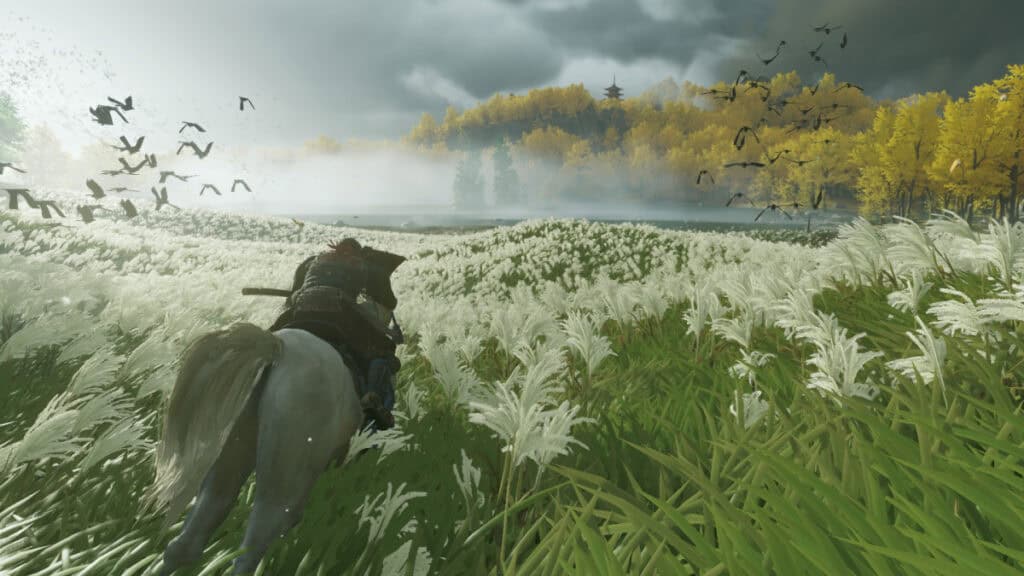
Throughout the adventure, one theme is always in front of us: conflict. I’m not talking about the invasion happening on the island. No. I’m talking about the internal struggles of each character. Every single one has inner demons they must fight. Whether it is the thirst for revenge, the frustration of not stopping someone, or the loss of loved ones, conflicts cling to the cast and don’t let go until the very end. And even then, you wonder, “Did I do the right thing?”
Take Jin, for example; he realizes the samurai way is not the right path to drive the Mongols away. Little by little, he goes from being the shining katana-wielding protector to an urban legend, a ninja-like killer everyone fears. And while many already know where this story ends, I’ll stop here to avoid spoiling the surprise for newcomers. But looking at Jin’s journey and how he embraces a different way to save what he loves is a tale that, to this day, still makes me teary.
Gameplay: Open World At Its Finest
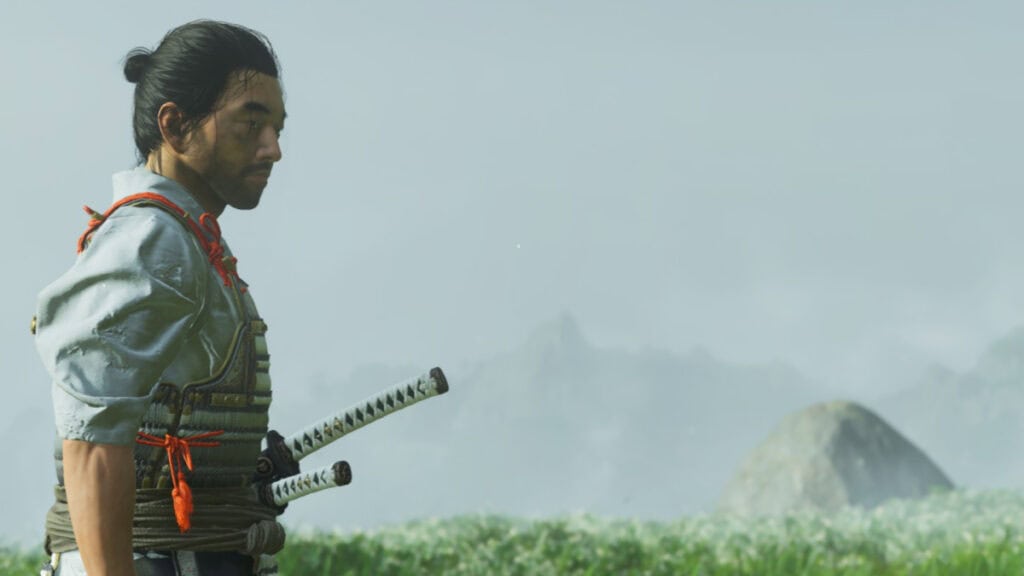
Nowadays, it is hard to find a good open-world game. You either see something bloated or extremely empty. I’d say Ghost of Tsushima: Director’s Cut sits comfortably in the middle. The game still has Ubisoft-like features. Camps to clear, places to climb, and collectibles to find. I don’t mean this is a bad thing because, in the end, these are all staples that help gamers feel in a familiar place. Still, even if you see similar dishes, the plating is what matters, and Sucker Punched cooked the most gourmet dish ever.
Ghost of Tsushima: Director’s Cut doesn’t need a fancy UI or map markers that occupy space on your screen. It takes what’s around the island and turns everything into gameplay elements. The wind guides you to your objective, a fox will lead you to a shrine, and a bird to an undiscovered place. These are small details but impactful ones. The game encourages you to learn the lay of the land. Every mountain, every hot spring, every dilapidated village. And it works perfectly to create something that sticks with you after a while. In other games, I can remember the icons, markers, and UI elements. But in Ghost of Tsushima, I can tell you about the forests, the villages, and every field covered in petals.
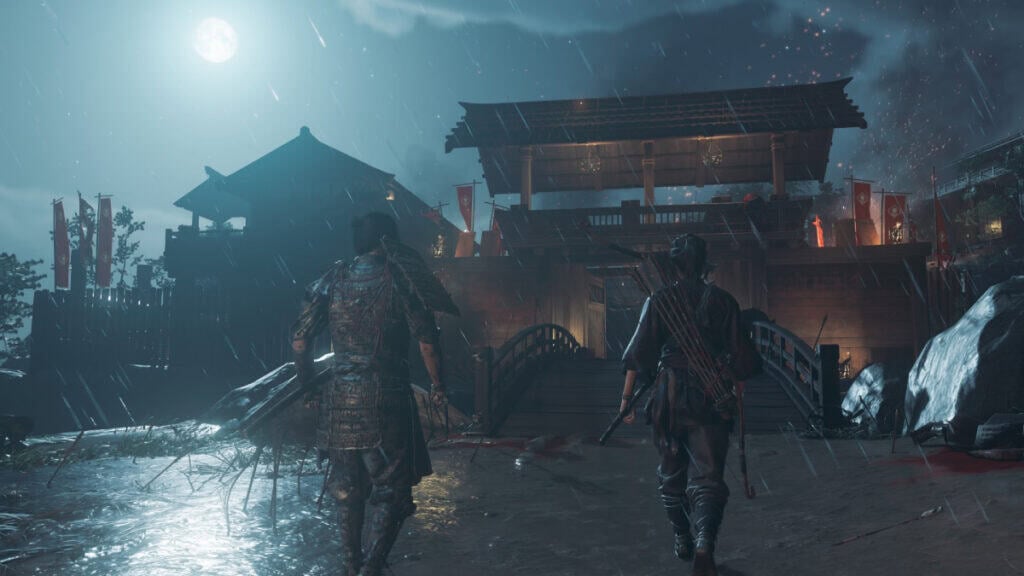
Furthermore, the combat is another thing that makes Ghost of Tsushima a cut above the rest. Instead of button-mashing, Tsushima rewards timing, patience, and control. Hit the buttons too hard, and Jin will attack clumsily. But if you wait and learn the patterns, you can finish every fight with a few hits. And if that sounds too tame, it isn’t. The combat is gorey, flashy, and epic. Whether it is a stand-off at a crossroads or Jin infiltrating an enemy camp like a ninja, everything is cinema-worthy.
To make this possible, Jin has many skills and tools at his disposal. For the samurai-like approach, Jin has four combat stances, each useful against certain enemies. If you prefer a stealthy approach, there are many things you can use to be an actual ghost. Smoke bombs, kunai, explosive arrows, wind chimes, you name it. Sucker Punch created one of the best playgrounds in video game history where you choose who Jin Sakai is: a beacon of honor or a ruthless assassin.
Besides that, the cherry on top relies on its quest design. Open-world games love the usual fetch missions. I dread them. Thankfully, Ghost of Tsushima doesn’t know the meaning of “filler content.” Even the shortest Tale, which is what quests are called, is filled with uniqueness and never falls into a simple “kill a certain number of foes” or “bring me these many items” design. Each Tale thrusts you into the island’s history and the lives of its inhabitants. Thus making every mission you encounter memorable and relevant.
Conclusion: A New Standard for PC Ports
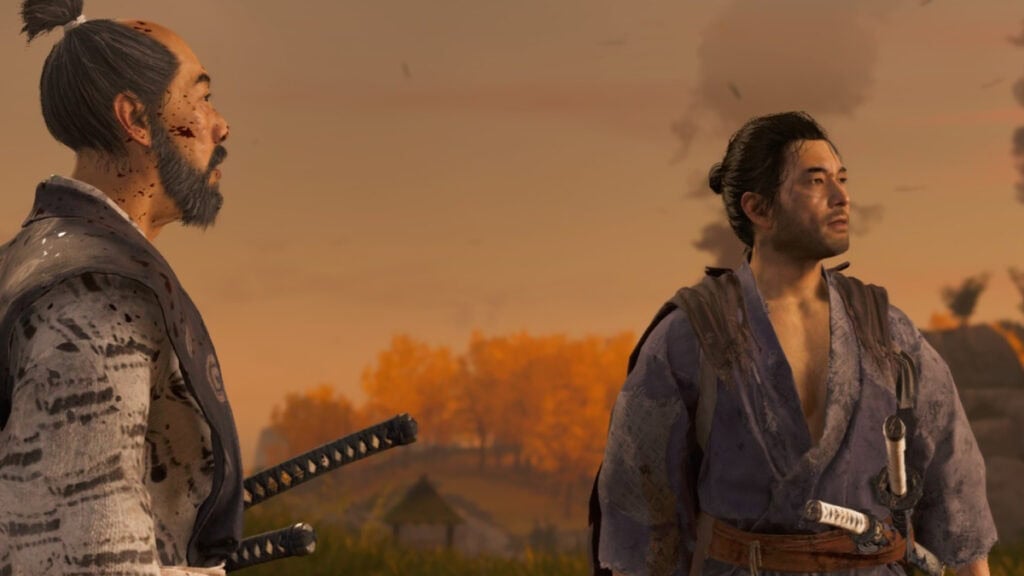
Nixxes Software did the impossible: it made me love Ghost of Tsushima even more. I firmly believe this port is the best way to experience the game. While it was already a masterpiece when it launched in 2020, the additional features are a boon. The fact you can tweak graphical settings so much that even low-budget gamers can enjoy it is a treat. Furthermore, Tsushima‘s gameplay still holds against even some of the recent action-adventure games. I kid you not. I had more fun playing this four-year-old game than any recent release of 2024, and now, other PC players can join in as well.
Ultimately, I felt like I had a deja vu while playing this version. When I finished Ghost of Tsushima in 2020, I said, “I hope other games copy the open-world design.” Now, I tell myself, “I hope other PC ports copy this one’s quality.” If that happens, I can’t help but feel excited. With so many exclusives yet to get a PC release, the landscape looks promising. And if we have to wait a few more years for them, well, it’ll be worth the wait.
Ghost of Tsushima: Director's Cut (PC Reviewed)
Ghost of Tsushima: Director's Cut on PC is the ultimate way to experience the game. With so many options to tweak and the most optimized port to date, Nixxes Software has set a new standard for console titles coming to PC.
Pros
- The best PC port to date.
- A variety of graphical options to tweak for smoother gameplay.
- The new PC-exclusive additions are fantastic.
Cons
- Low bitrate in certain cutscenes.
- Lack of ray tracing.

